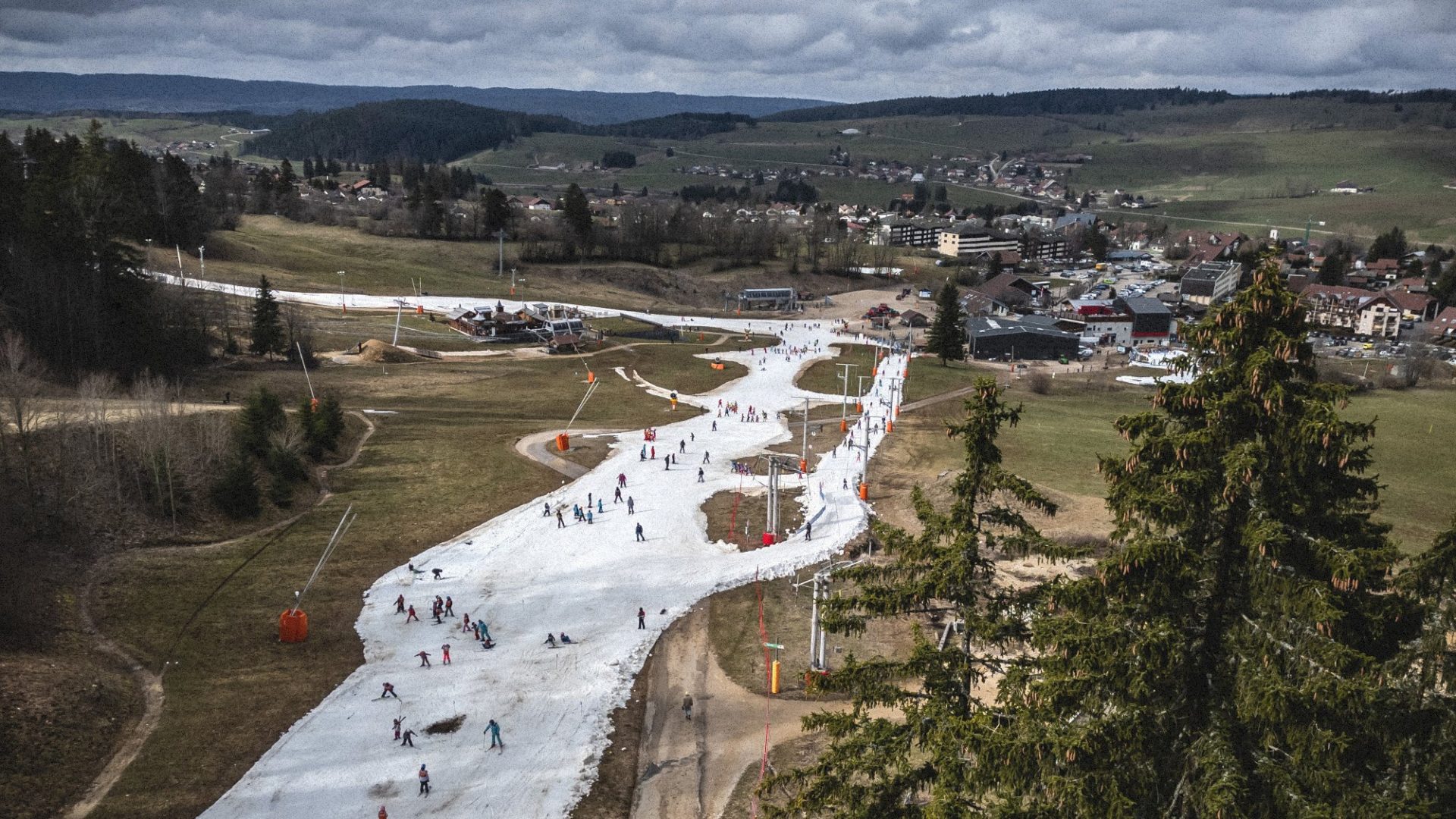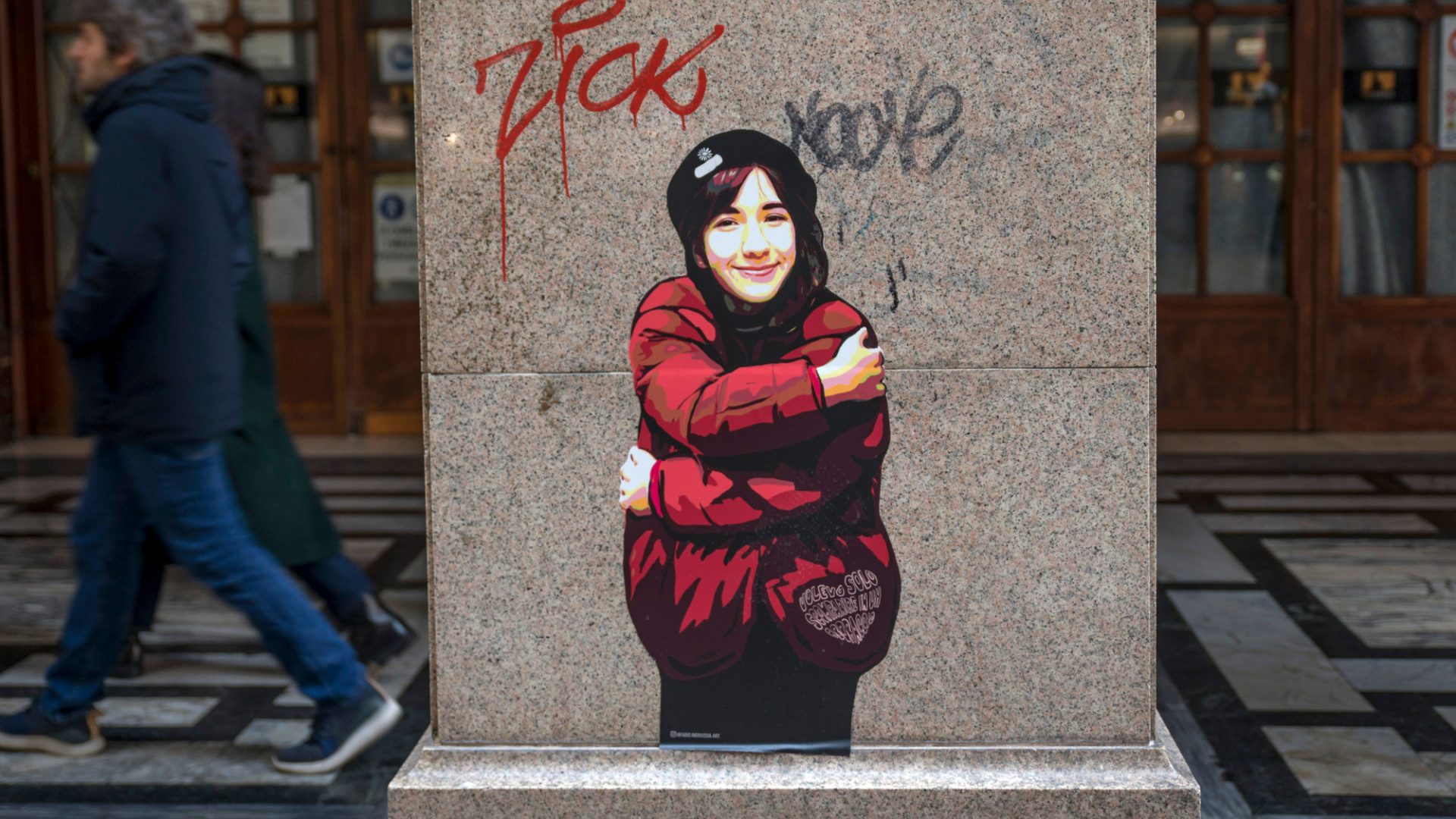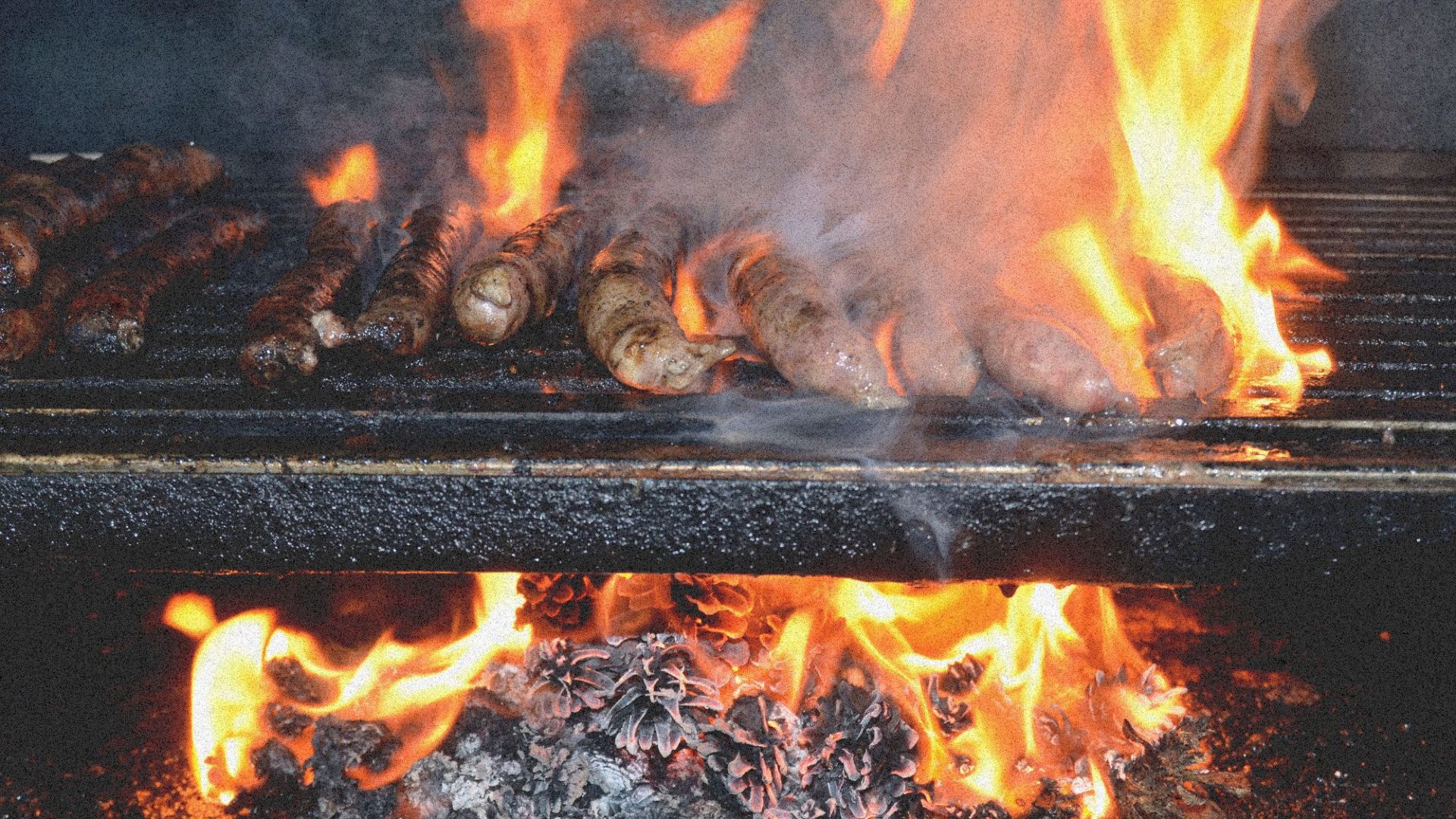Looking down from Gornergrat on to the vast blue-white snowfields of the glacier below, it is hard to believe the snows are anything but eternal.
This year’s skiing season got off to a good start, in contrast to recent years. The slopes had snowfalls of a metre or more in late December and early January, with frequent falls since. It is snowing in the Bernese Alps even as I write, with plenty of resorts reporting a metre of powder.
But reliable snowfall is becoming a thing of the past. This is one reason we greeted the first snow of the winter in our village almost like a long-lost friend. The Swiss meteorological and climate office reports that there are now 20% fewer days of snowfall at 2,000 metres than in 1970. Below 800 metres, the number of snowy days has halved and the permanent snowline has climbed over 300 metres higher up the mountains.
Climate change is being magnified in the Alps, because snow and ice reflect heat while rock absorbs it. As a result, because of the reduction in snow and ice cover, during the past decade the average temperature in Switzerland has increased by 2.7C, compared with 1.3C elsewhere.
A resort needs 80-100 days of snow on the ground to have a successful season, and many ski resorts no longer have this, especially those below 1,500 metres.
In September, the Skilift Schratten Flühli resort, which opened in 1945, closed its lift for the last time. The website states that “it can no longer defy the forces of nature”.
Schratten Flühli joins 64 other ski lifts in Switzerland that are no longer functioning. Forty of the 65 abandoned lifts are below 1,500 meters. All bar four are below 2,000 meters. Just across the border in the French Alps, 168 abandoned ski lifts litter the landscape.
BeyondSnow, a project co-funded by the EU Interreg Alpine-Space programme, is centred on the Métabief ski resort in the French Jura, just across the border from Switzerland. Because its ski slopes are all located between 900 and 1,410 meters, the project expects to see – and is planning for – the end of skiing sometime between 2030 and 2040.
The aim is to transform the ski resort into a mountain station for hiking, mountain biking, paragliding, trail running and nature discovery.
For now, Métabief will use artificial snow during periods of low snowfall – a technology that is coming under increasing scrutiny. A study by the University of Basel in Switzerland warns that because all resorts below 2,000 metres will soon need to use artificial snow to keep their higher slopes open, water consumption could increase nine-fold in the French Alps. The demand for water is already placing ski resorts in conflict with local farmers.
Snow farming is another approach – preserving the snow from one year to the next by placing it in huge piles and covering it with insulation during summer – many Swiss resorts are already doing this.
The Brunni ski resort has gone one step further. Today it is the only ski resort in Switzerland that is certified as climate-neutral. A solar power plant at the Ristis middle station produces the power needed to make artificial snow on the slopes between Ristis and Brunnihütte.
We will all miss the snow when it disappears. With half the alpine glaciers predicted to go in the next 30 years, suddenly even the mighty Gornergrat glacier looks almost fragile.
Ivan Hutnik lives and writes in and out of Chablais in Swiss Romande



